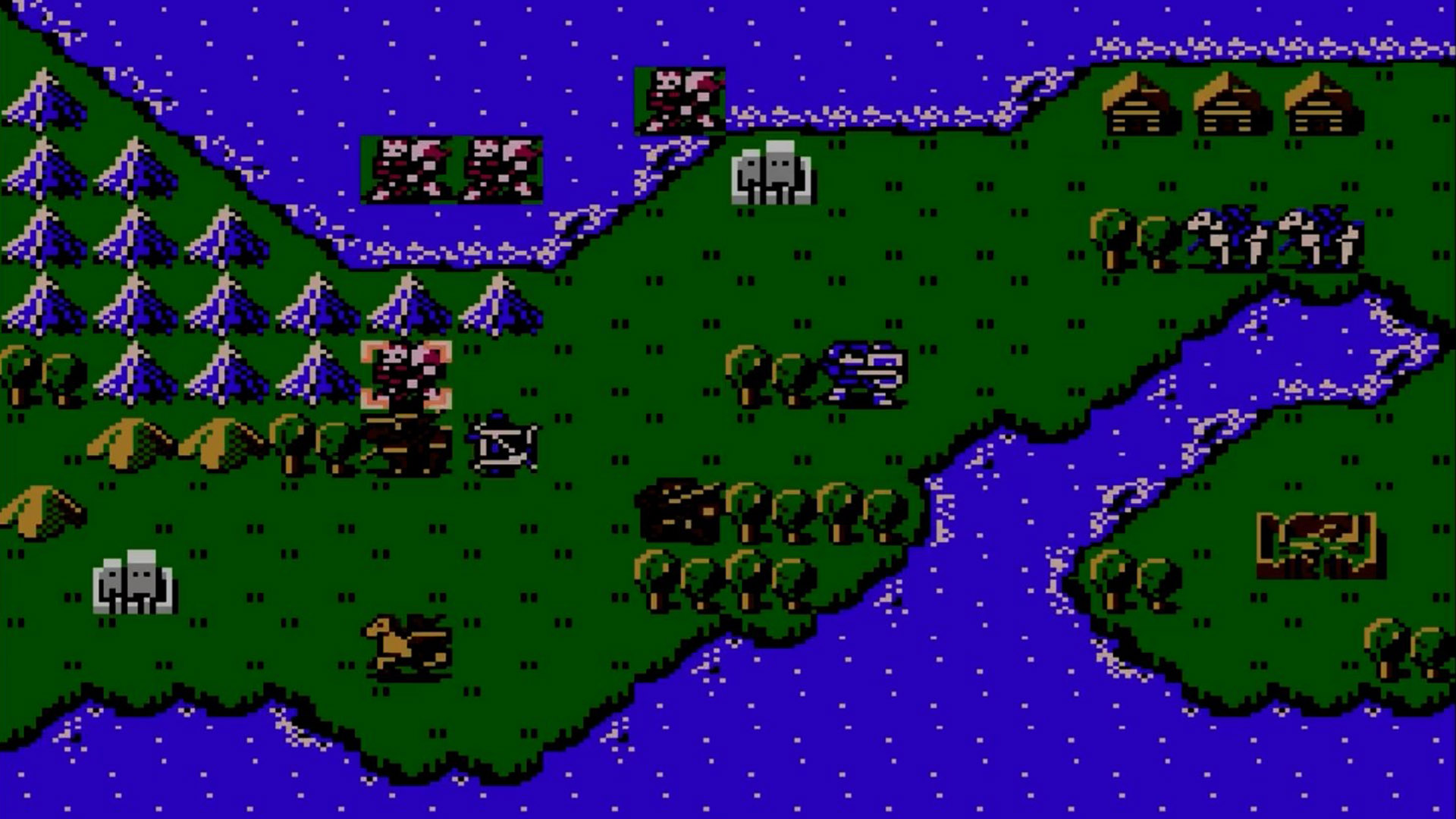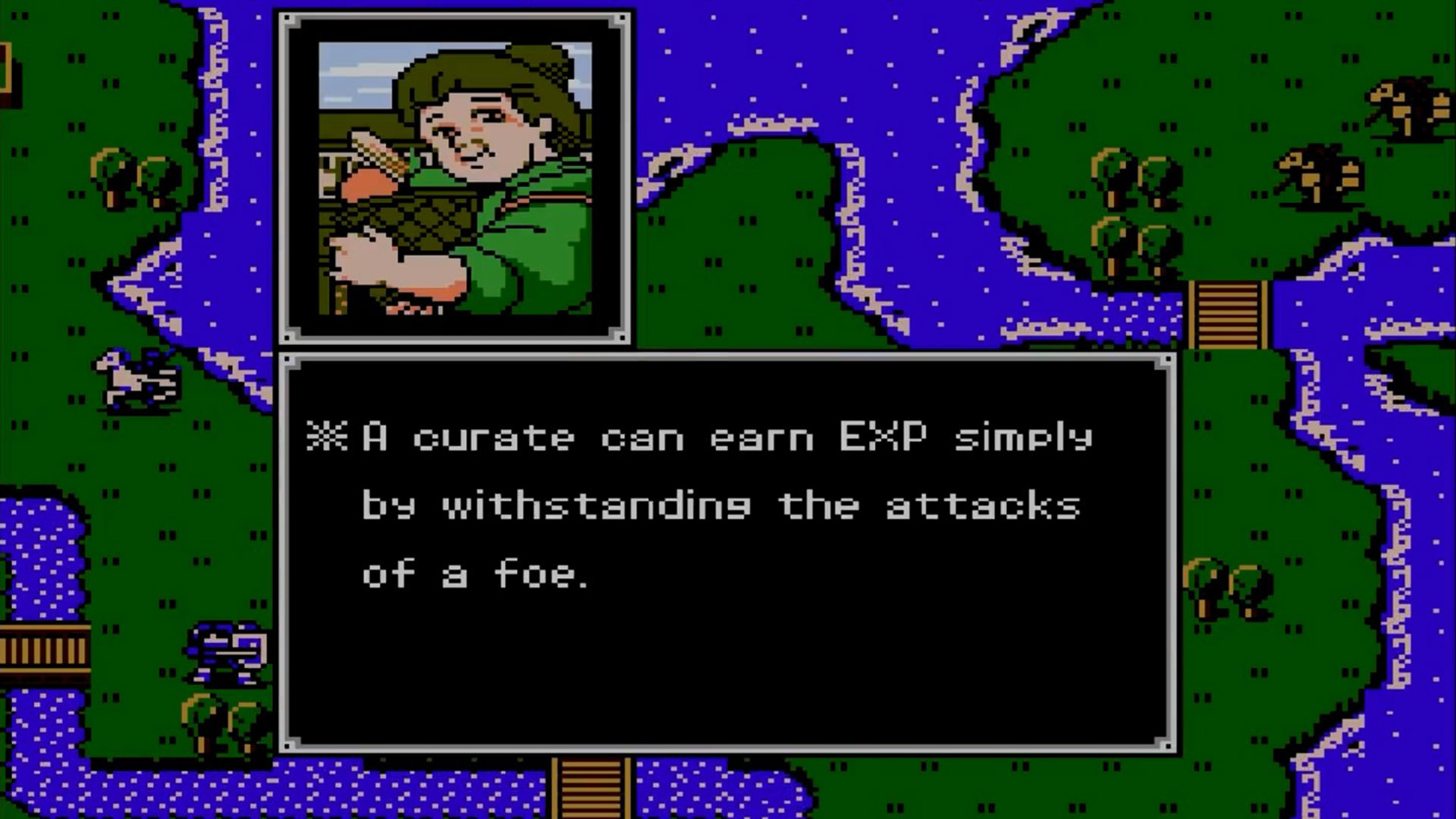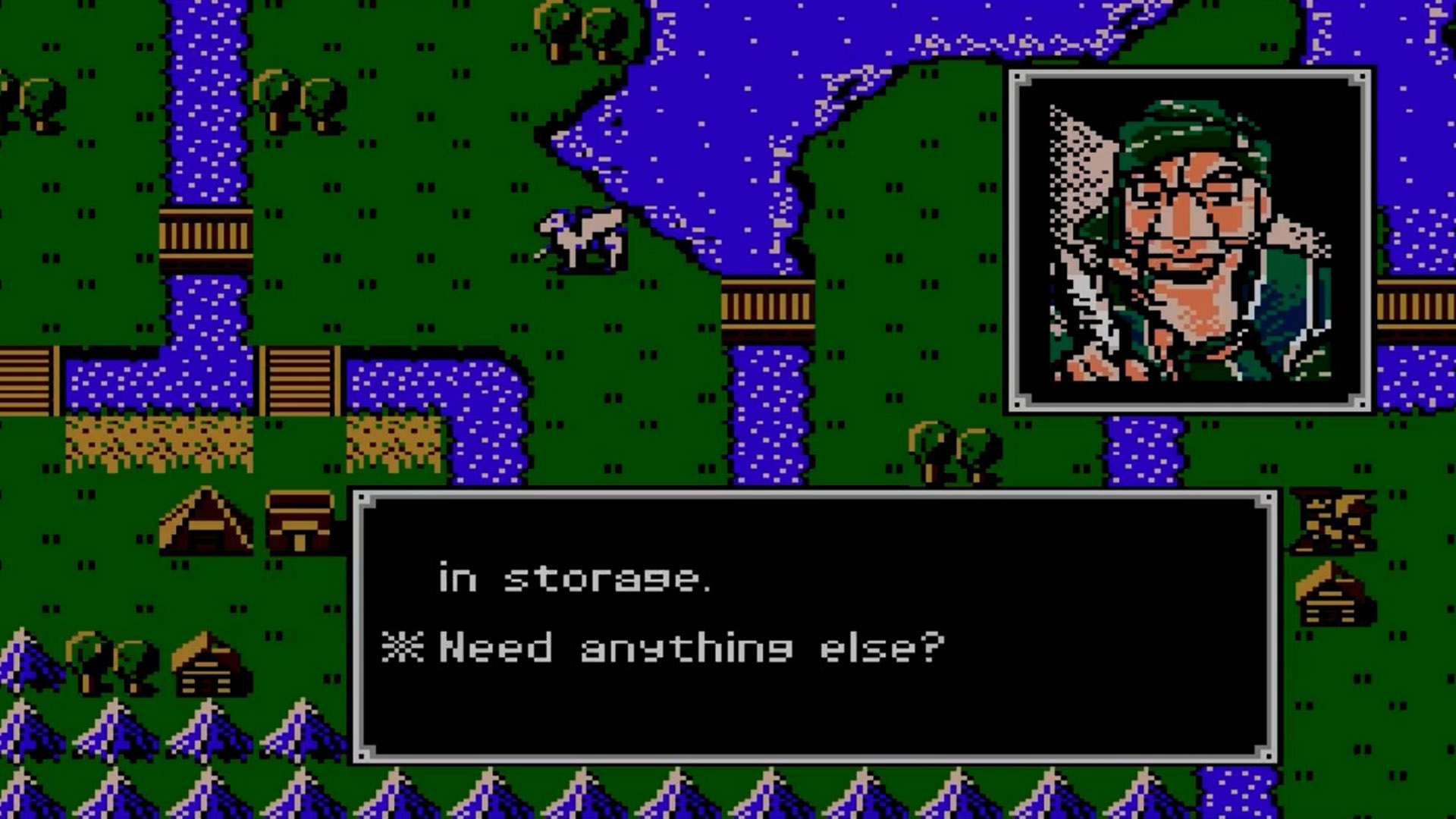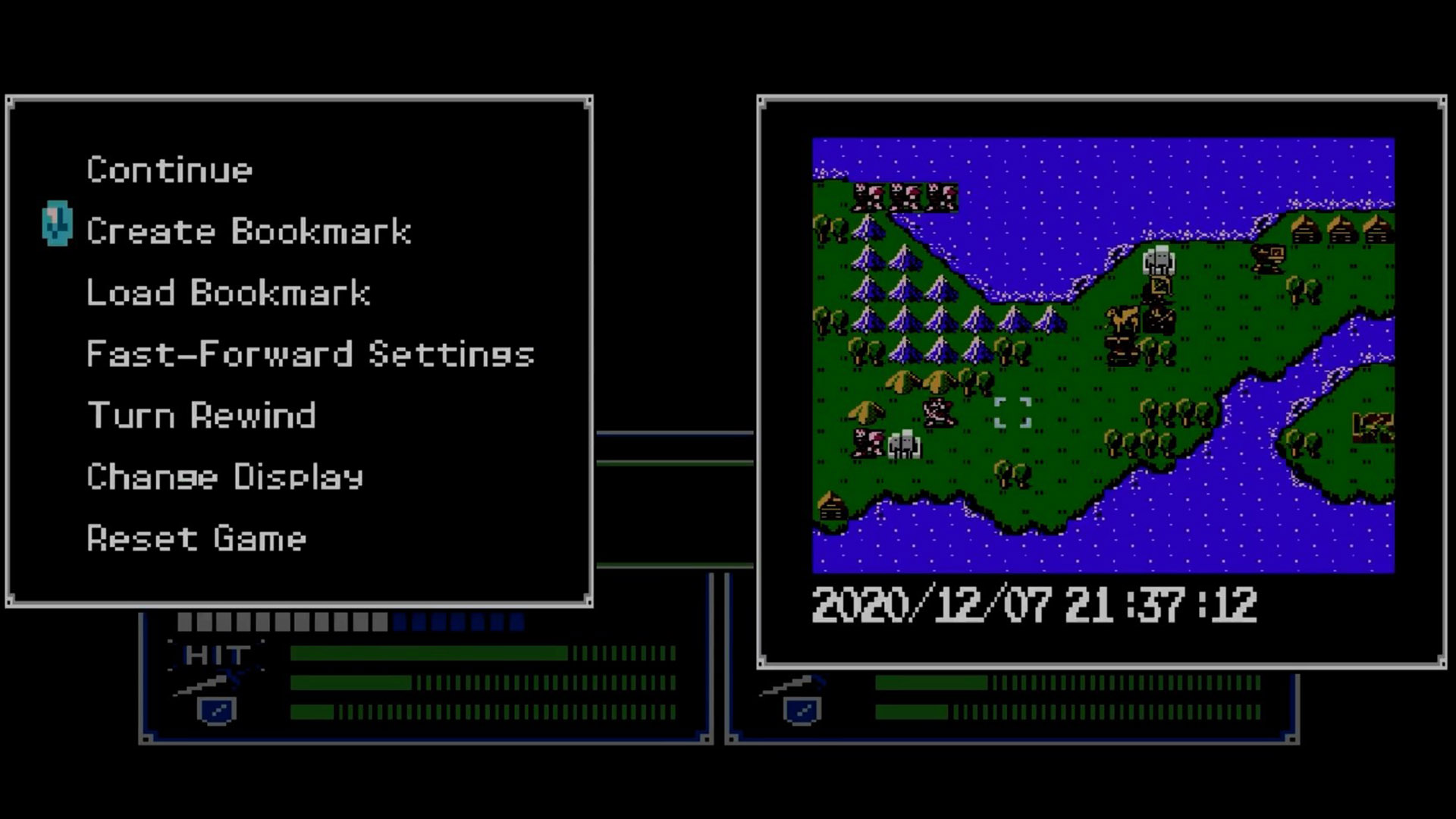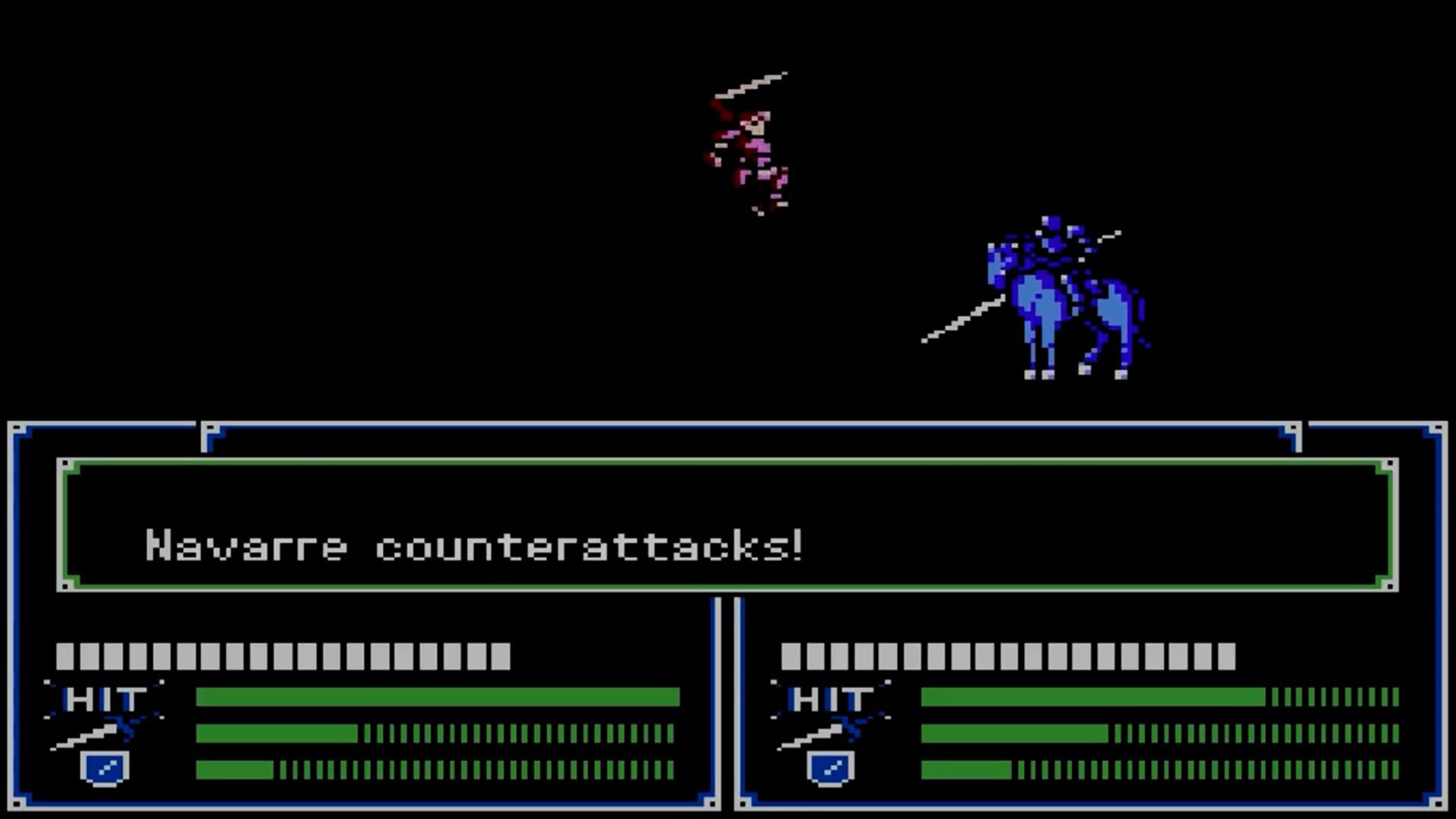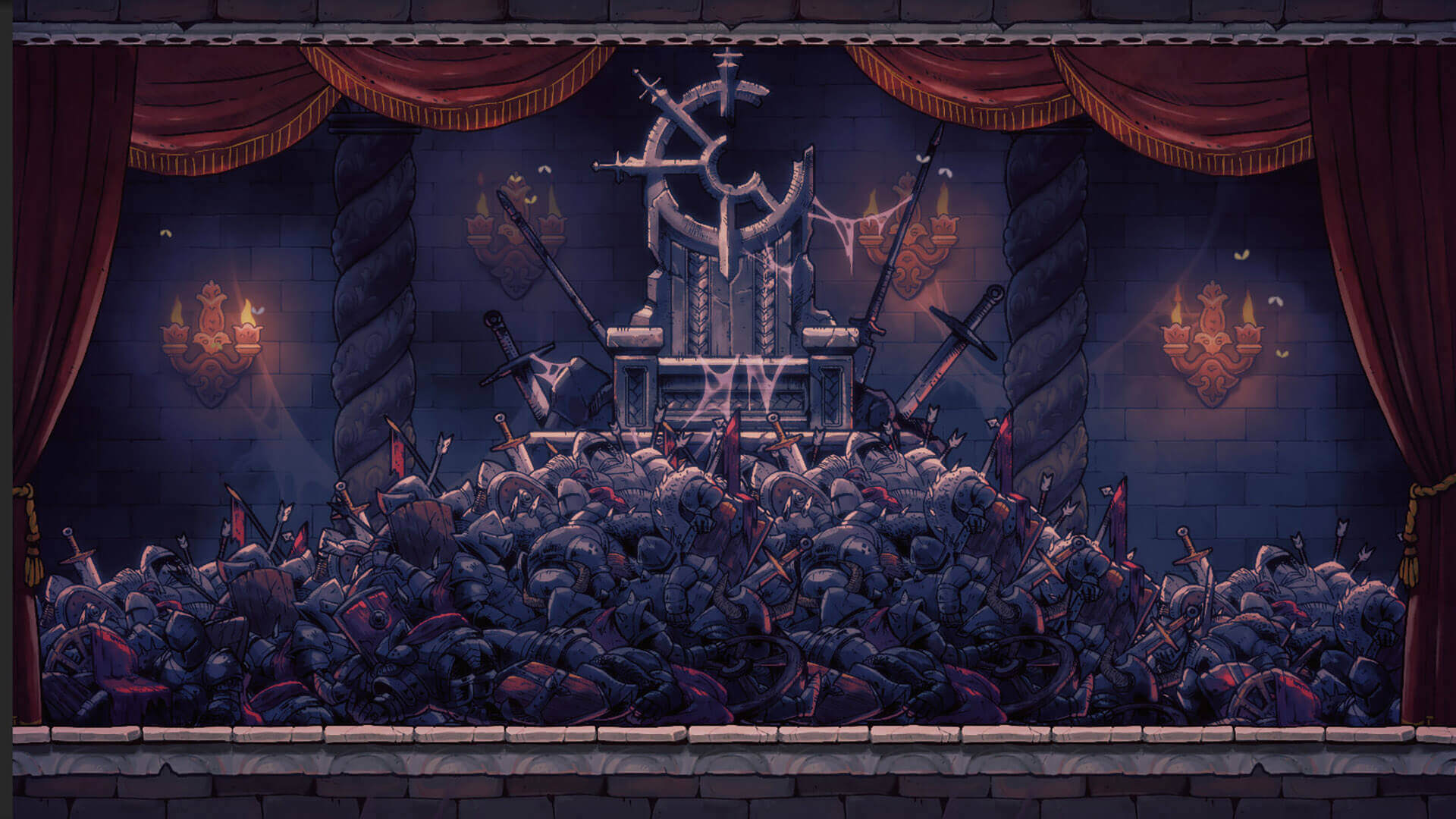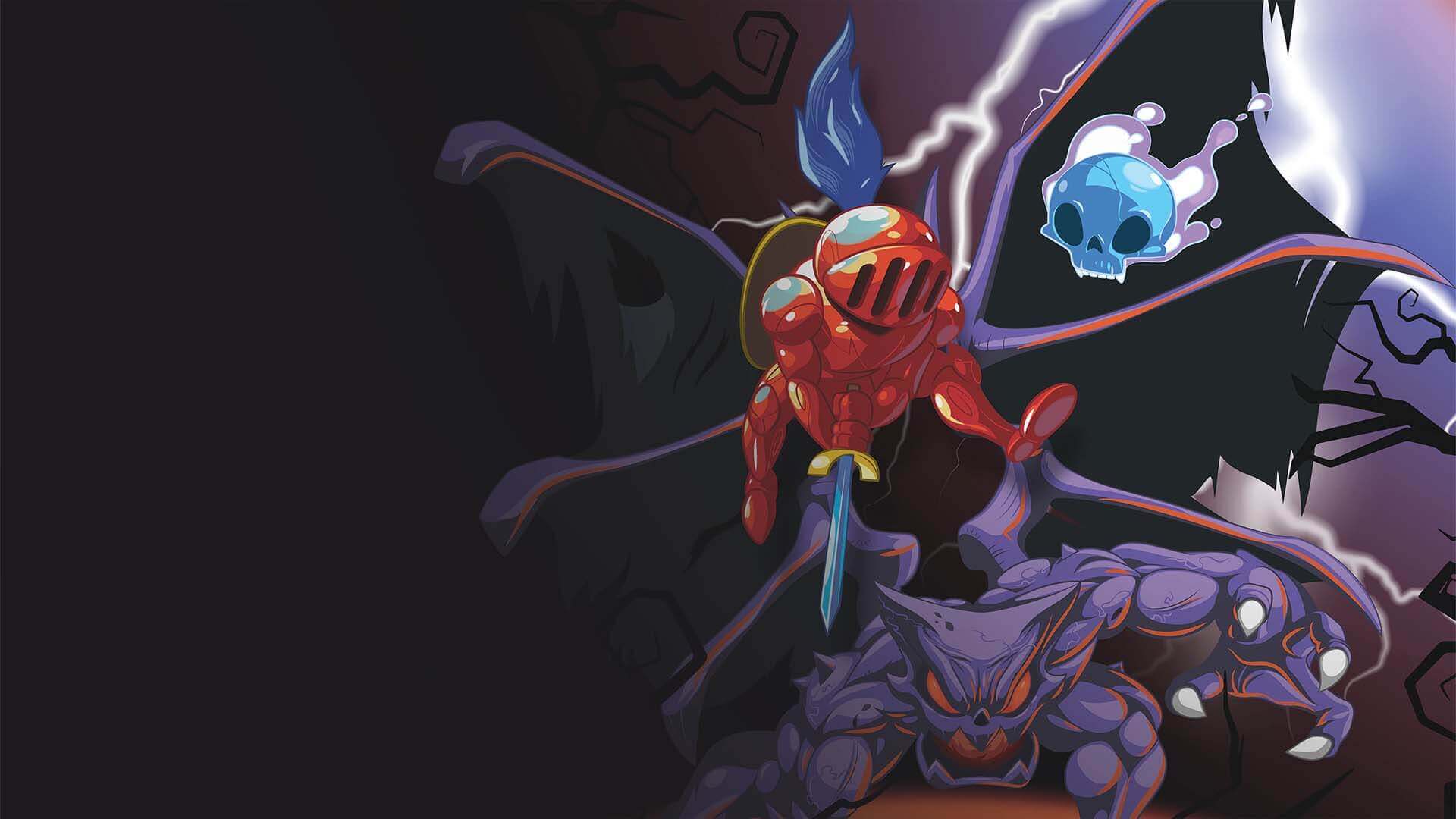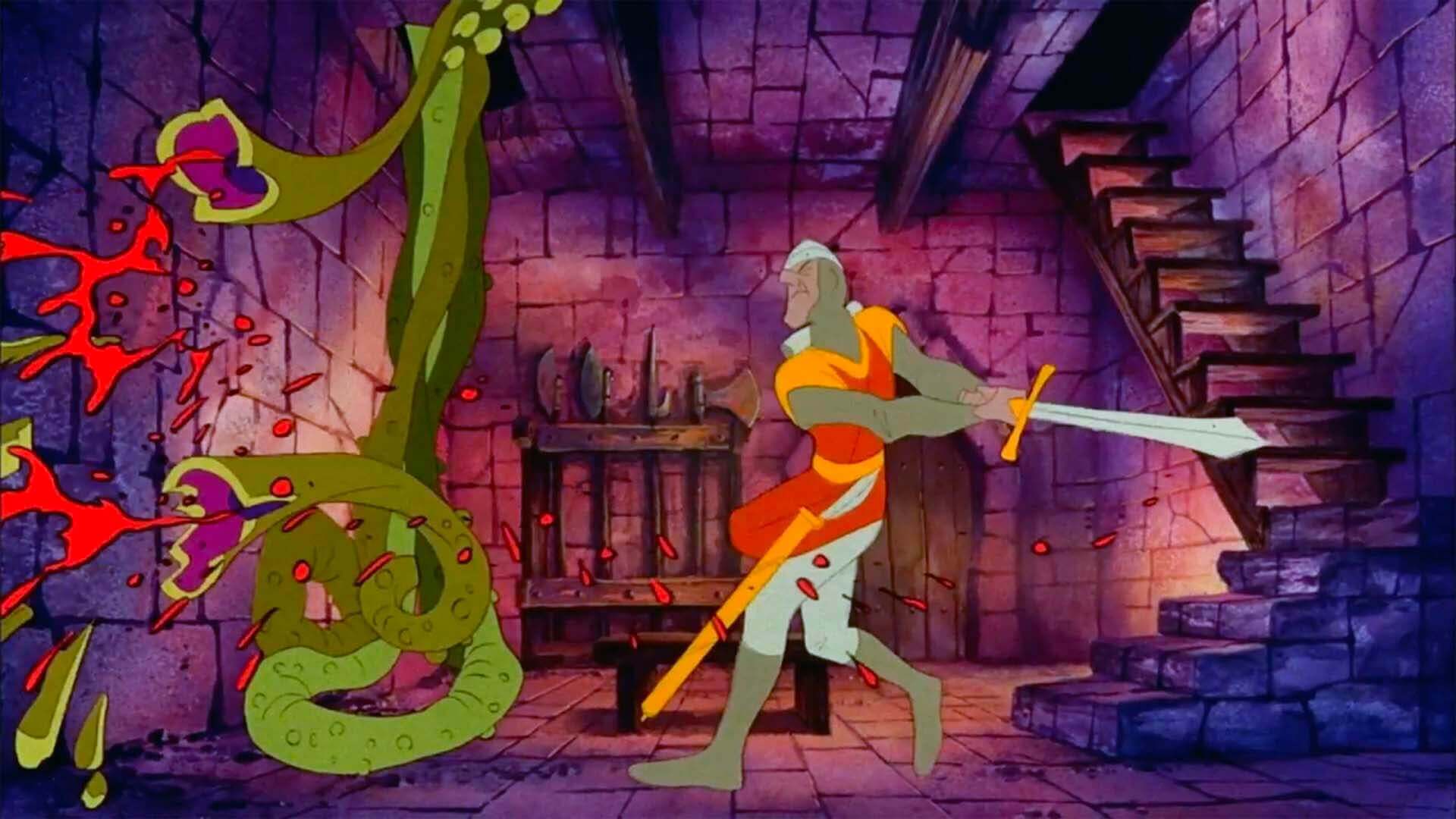May 8, 2021 — The recent Switch release of Fire Emblem: Shadow Dragon and The Blade of Light is the first time the iconic game has been officially translated for gamers outside Japan.
Up until recently, the 30-year old game was a Japanese exclusive, and fans of the series who wanted to play the original NES version had to rely on fan-translated ROMs floating around on the internet. Enthusiastic fans might remember that developer Intelligent Systems helped modernize the same original by releasing another remake titled Fire Emblem: Shadow Dragon back in 2008. But, diehard fans have always wanted the original, official ROM. And now, old fans and newcomers who purchased the title during its rather limited release window have the option to play the original, translated, and fully intact NES title on Nintendo Switch.
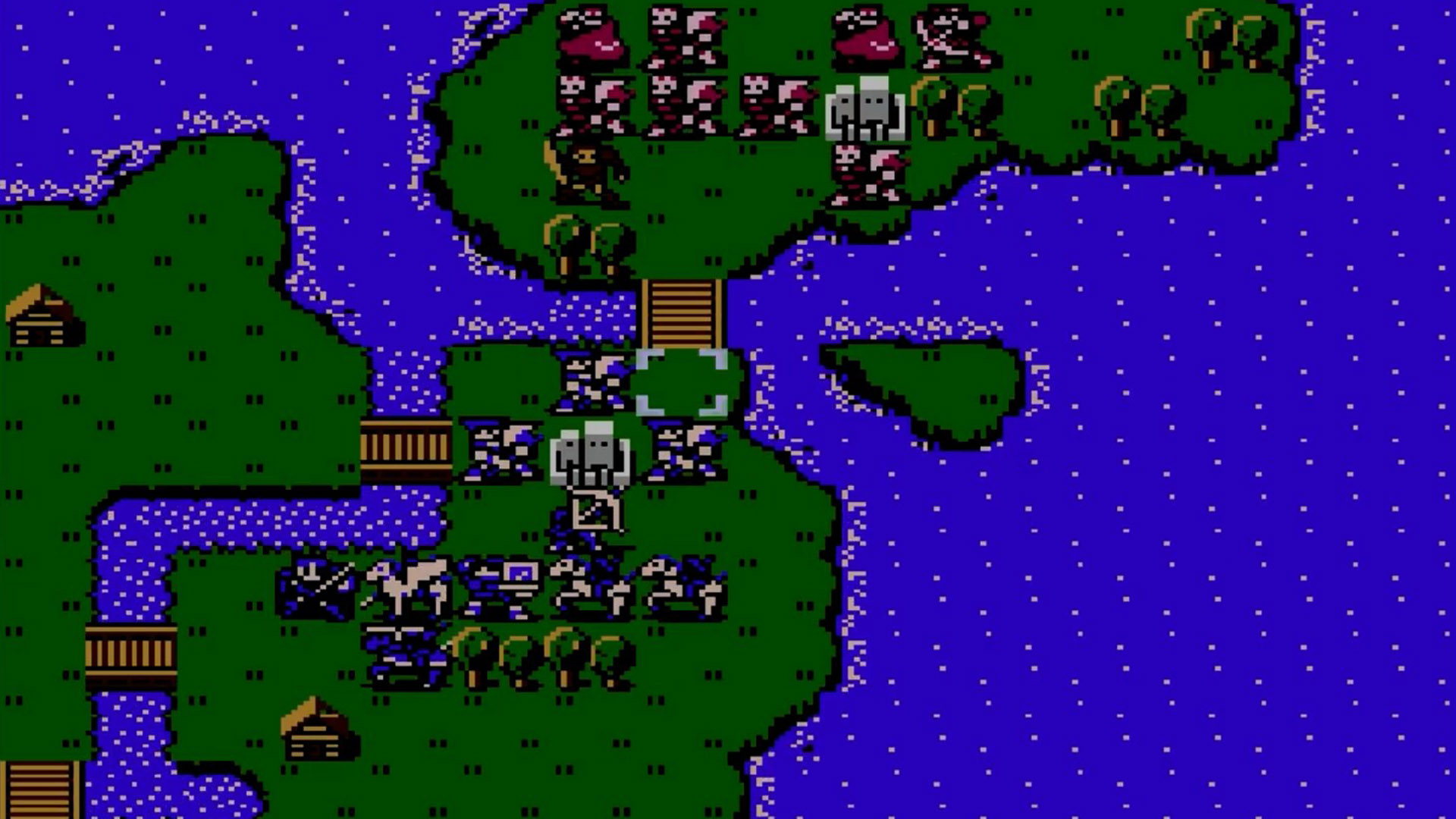
STORY
Fire Emblem: Shadow Dragon and The Blade of Light’s overall narrative is kept to minimal text boxes, even for the main characters. This being an NES game, this is to be expected as the hardware limitations from three decades ago have prevented the developers from adding interactions and characterization to stay true to the original. Hence, the story may be hard to follow without any instructions by your side. Shadow Dragon and the Blade of Light’s manual is crucial for understanding central protagonist Marth’s story.
Even though Nintendo offers a free downloadable manual from their website, in our view any game’s story should be experienced within the game and not through first-party supplements. This is an area in which Fire Emblem: Shadow Dragon and The Blade of Light excels, as it tells you all the necessary detail you need to understand your goals and why you are fighting to do so. Along with more fleshed-out characters and genuine motives behind their actions. The story synopsis is that Prince Marth of Arcanea embarks on a journey to find the Fire Emblem and to slay the Shadow Dragon known as Medeus. Along the journey, he meets several companions and locals while traversing multiple kingdoms to aid his quest; this short summary is about the most you are going to get if you play the December 2020 version.
“If there’s one element the developers absolutely nailed in 1990, it is the wonderful character sprites and animations. Although most are minimalistic, the effort it must have taken to create these back in the day ensures every battle feels tense and unique.”
GAMEPLAY
For being the first entry in the entire series, Fire Emblem: Shadow Dragon and The Blade of Light’s introduced multiple strategic elements that have become staples of the franchise, like differing classes, weaponry, and level design to name a few. The same is true, and perhaps even more so, for 2008’s Shadow Dragon that includes mainstream tactics such as the weapon triangle. For those who are going into the Fire Emblem series the first time, the tactical RPG experience and gameplay may be quite challenging. For example, in most modern RPGs, players generally have full control of their characters with regards to how they move around, when they move around, and so on. Not so for games set in the Fire Emblem universe, all of which use a grid-based movement system, and depending on each individual unit, player movement is restricted per turn. This took getting used to, but once players realize these limitations, it becomes second nature. For every single chapter you play, grid-like movement and other restrictions become the strategy for every single chapter.
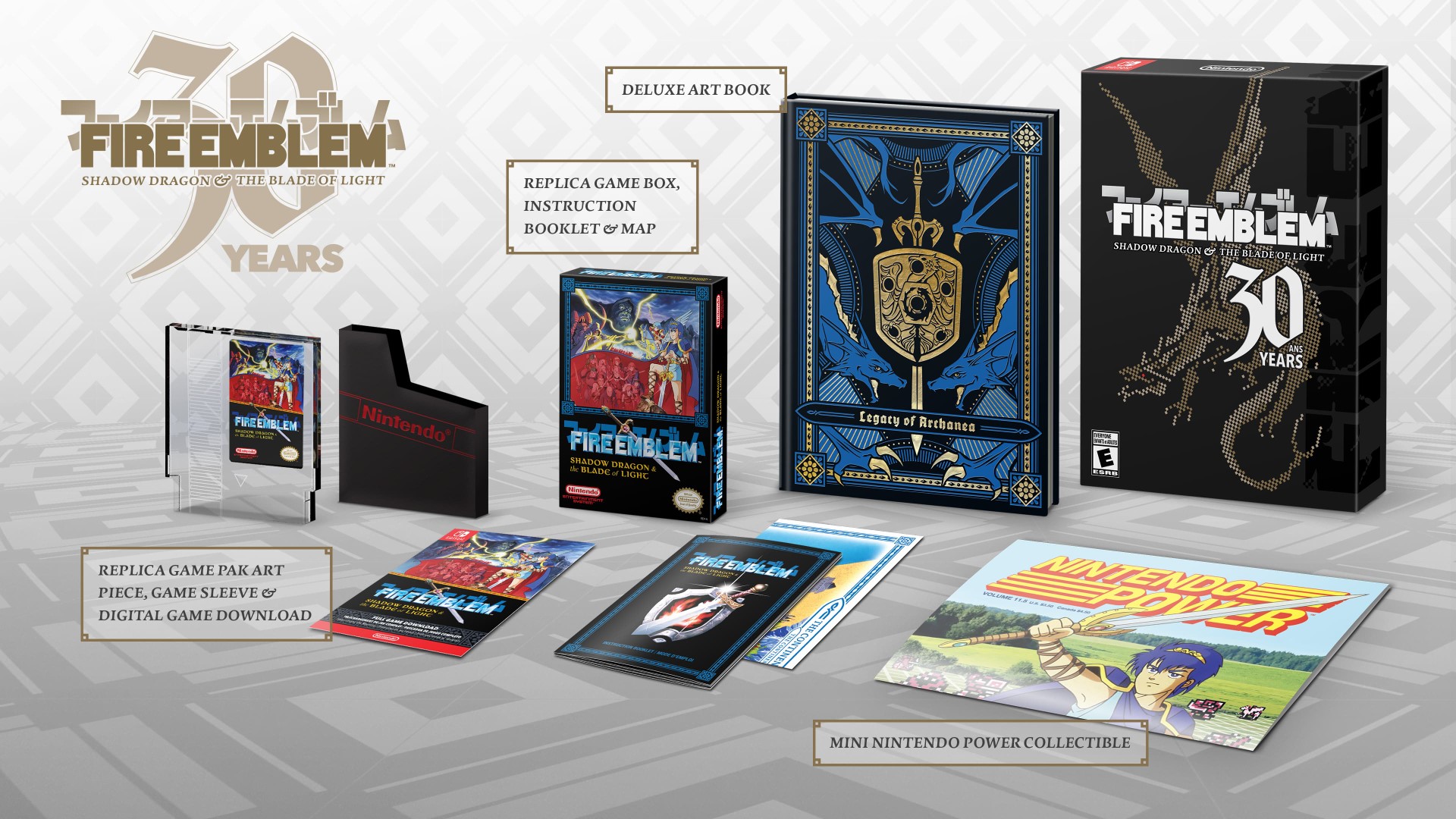
Soon after players’ have leveled up Marth, they are introduced to multiple classes and characters to be recruited. Each of which has its own unique strength and weakness. Marth who is the main protagonist in Fire Emblem: Shadow Dragon and The Blade of Light’s is definitely a well-rounded and likable character. A crucial element of the game is to administer and tactically share exp (XP; experience — Editor’s note) as efficiently as possible to all units in a party, hence exp is a resource players’ must think twice about. For example, instead of letting main units soak up most of their experience points, players need to carefully distribute exp to ensure units are somewhat balanced. That being said, it may feel sufficient to focus on strong units early in the game, that way players’ can push through waves of enemies with little difficulty.
The obvious drawback to such a strategy is that weaker units that have gained little or no battle experience will remain weak — which becomes more than a little apparent in later chapters. Conclusively, Fire Emblem: Shadow Dragon and The Blade of Light’s can be a highly difficult game that is not made any easier by the fact it also makes use of permadeath, a gameplay mechanic that has seen a resurgence in recent years.
GRAPHICAL USER INTERFACE
One of the main drawbacks of playing an NES game designed at the end of the 80s, particularly Fire Emblem: Shadow Dragon and The Blade of Light, is its clunky menu navigation. Players opening the menu to overlook their stats is sadly a long hard slog, especially since health, damage, defense, speed, and magic are all located in the place. Players curious about enemy abilities on an individual unit basis are forced to navigate through the same sluggish menu. Navigation to the game’s graphical user interface gets tiring quickly and feels incredibly old. While Intelligent Systems’ 2008 remake offered a good amount of quality updates such as items being immediately forwarded to the convoy storage when detecting player inventory to be full. In the 2008 version, being able to see the players’ own range of units and how they can move and attack is possible, and in addition, players could investigate enemy units as well, while a proper forecast predicting the inflicting damage a player unit might cause to a specific enemy and vice versa.
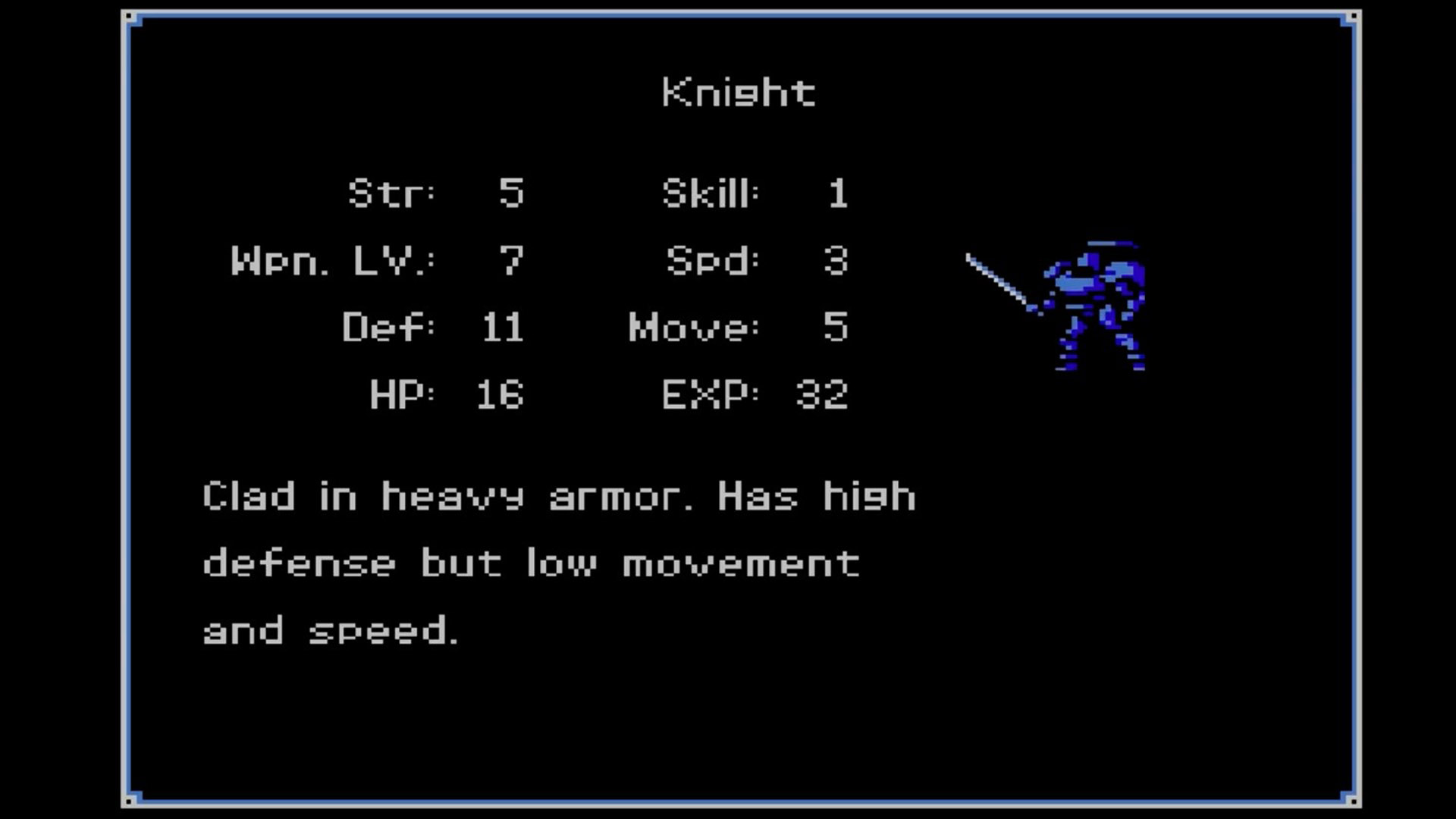
Staying true to its 1990 roots, the Switch release has none of these features and it is no surprise the Fire Emblem: Shadow Dragon and The Blade of Light feels incredibly limited and almost entirely outdated. Also, it should be noted that navigating the 1990 version is not only hard work but slow and sluggish on the whole, and especially so with regards to combat. On the upside, an option has been added to the Switch release to speed up interacting with the menu — clearly, someone in the Nintendo QA department made good suggestions or two. However, this feature falls short too as it does little to reduce the tedious work required to go through the menus again and again. All nuances combined, Fire Emblem: Shadow Dragon and The Blade of Light is a painful and arduous experience for most players although those who are hardcore enough to fully embrace the Fire Emblem franchise will likely find the game somewhat enjoyable.
GRAPHICS & SOUND
If there’s one element the developers absolutely nailed in 1990, it is the wonderful character sprites and animations. Although most are minimalistic, the effort it must have taken to create these back in the day ensures that every battle feels both tense and unique. The Fire Emblem series would simply not be what it is today were it not for its original and beloved animations and character portrayals, of which various iterations have been presented and built upon with each new Fire Emblem title.
Overall, the visuals of Fire Emblem: Shadow Dragon and The Blade of Light have their ups and downs. The general aesthetic is rather pleasing to see while catchy retro tunes accompany every map. The franchise’s main theme (that most gamers have likely heard outside of the game itself) is simply called “Fire Emblem Theme” and exists in abundance on YouTube. Another noticeable downside is the character portraits shown throughout the game. Important figures like Marth and Ceada are clearly distinguishable, but for many other characters portraits look downright copy-pasted with only minimal changes as is the case with Barst, Bord, and Cord to give some examples. Whether the developers were lazy in giving these portraits more identifiable features or if they were simply limited by the resources available at the time is unknown, but not being able to quickly identify characters is highly confusing. That aside, even in its 8-bit rendition, the 30-year-old Fire Emblem game remains as iconic as ever.
SCORE
5
OUT OF 10
THE GOOD STUFF
- The gameplay and mechanics are satisfying and easy, but hard to master.
- Memorable soundtrack sticks with players throughout.
- Overall, a challenging experience that many — especially veterans of the series — will enjoy.
CONCERNS
- Clunky and slow menu navigation makes the game frustrating and unnecessarily difficult.
- Minimalist story-telling and flat characterization, with sometimes impossible-to-recognize character avatars.
- Combat is slow without proper utilization — even with the addition of the Switch’s speed-up function.
CONCLUSIVE THOUGHTS
At the time of writing, Fire Emblem: Shadow Dragon and the Blade of Light is no longer available for purchase. Nintendo, for whatever reason decided to celebrate Fire Emblem’s 30th anniversary with a limited-time release. It was available on the eShop until March 31, 2021. It is unknown whether Nintendo plans to make the game available again or if they might be working on a remake. Fire Emblem: Shadow Dragon and the Blade of Light deserves much credit and respect for pioneering such a likable series let alone the genre itself. Regardless, we heartily recommend Intelligent Systems’ 2008 DS remake Fire Emblem: Shadow Dragon over the original NES.

